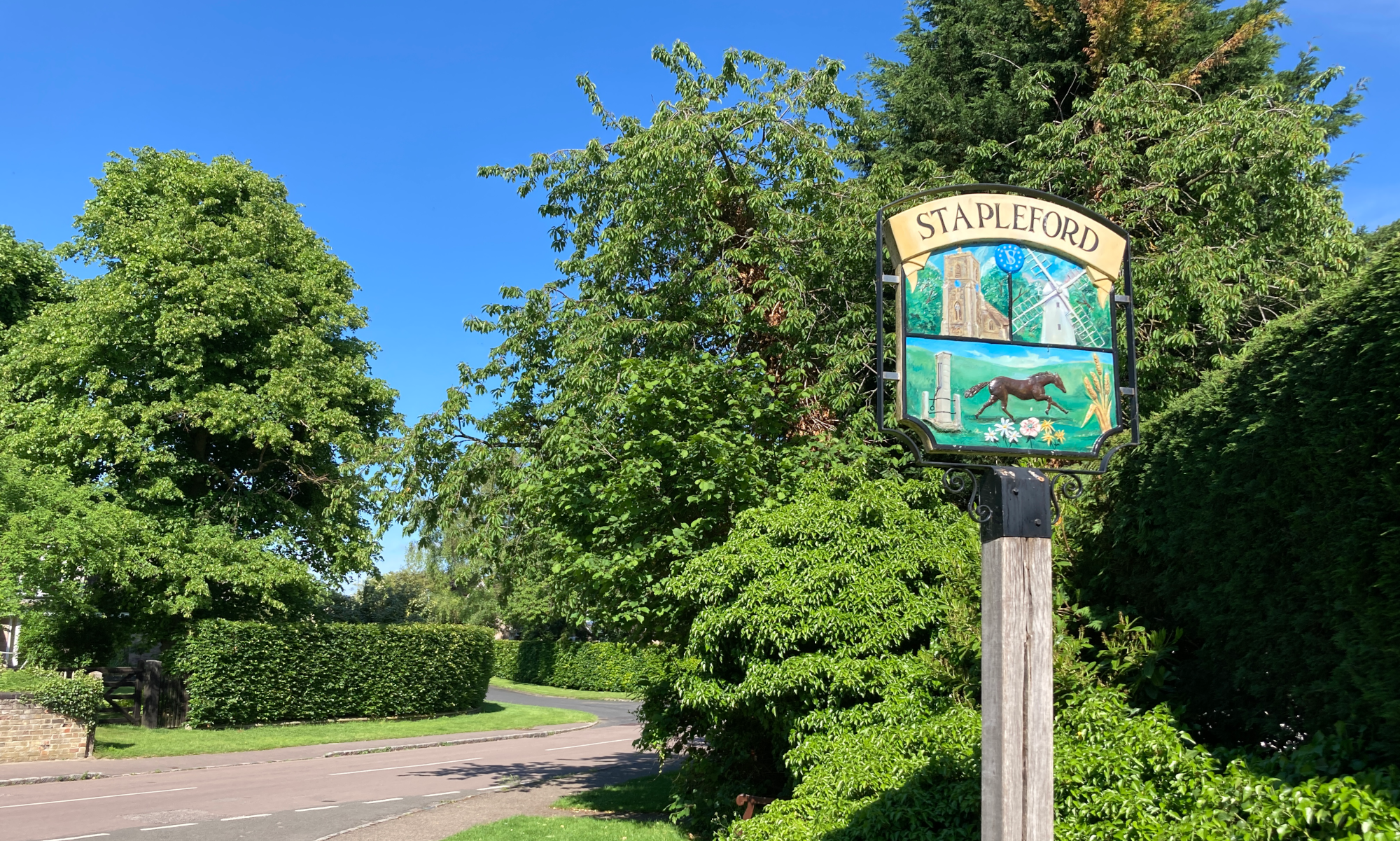Stapleford and the Hearth Money
After the restoration of the monarchy in 1660 Charles 11 was (as always) short of money. It was proposed that a levy should be made on each hearth or fireplace in all houses worth more than 20 shillings annually. This was considered easier than charging people as hearths don’t move around. The charge was one shilling per hearth to be paid twice a year. Sir Courtney Pole was the MP who pushed this through parliament and he soon became known as Sir Chimney Poll. It was very much disliked especially by the great landlords: Burghley House had 70 hearths. The tax was was abolished by William 111 in 1689 when it was replaced by a window tax and this led to the blocking up of windows which can still be seen in some buildings today.
The Hearth Money was managed by county authorities and in 1662 there were 63 hearths in Stapleford on which the tax was levied. The owners are named but we don’t know the position of the houses. William Bailey had the biggest house with five hearths but Edmund Bitton paid the most tax as he occupied two houses with a total of seven hearths. James Banks junior had four hearths while James, his father, had only three hearths. Twenty men and two widows paid tax on a total of 63 hearths.
By 1674, the number of hearths had increased to 79, mostly by the addition of cottages with just one hearth. The 79 hearths were spread over 32 houses and only ten of the people named in in 1662 still lived in the village. After 1674 the counties ceased to be responsible for collecting the tax and it became the responsibility of a central government office until 1689 when it was abolished.
Keith Dixon

